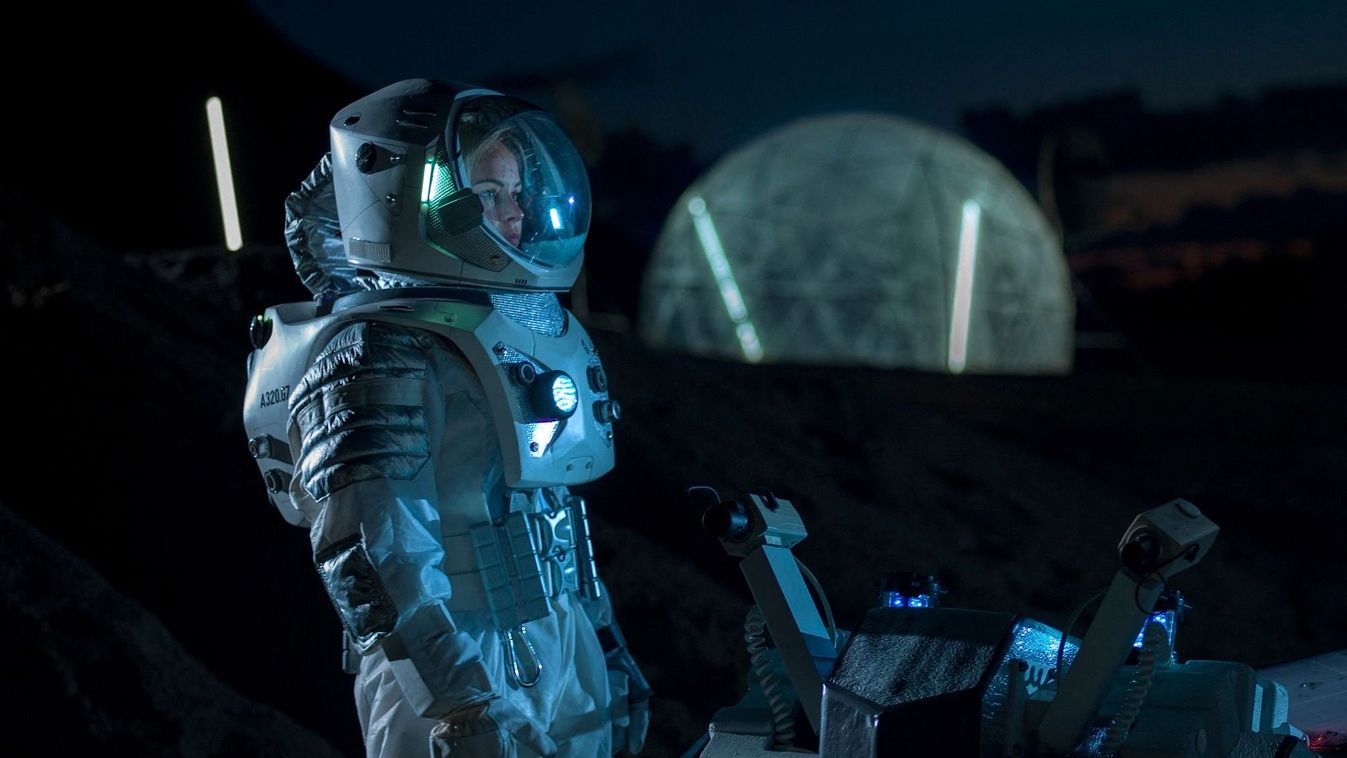Residence on the Moon – in 4K
One of the most memorable moments in history was when the Apollo 11 crew members, Neil Armstrong and Edwin (Buzz) Aldrin, stepped onto the surface of the Moon on July 20, 1969. Until then, all of human history had taken place on Earth: the rise and fall of empires, Of wars, the birth and demise of countries. The moon landing was the first time a human set foot on a space object. It is an enormous privilege that only 12 people have been able to walk on the moon, the last being Eugene Cernan, Harrison Schmidt and Ronald Evans on December 7, 1972, on the Apollo 17 programme.
However, in the 50 years since then, technology has advanced more than ever before. Grainy videos of moon landings seem outdated now, let alone space technology.
Today, no one would accept recordings of the quality that Apollo provided
– He said In this regard, said Matt Crosby, technical director of the British Goonhilli ground station, which communicates with satellites and spacecraft. At the time, Goonhilly broadcast the world's first moon landing, so this statement couldn't come from a more realistic place. As Crosby added, we can now expect 4K footage from the Moon in near real-time. According to him, in the age of social media, grainy black and white images are no longer acceptable, so this investment must be made if we want a proper experience.
Only on the moon
In light of all this, there's an interesting question about how amazing the upcoming moon landing will be. Because it would be like this. Moreover, according to plans for 2026:
NASA's Artemis program aims to return people to the surface of Earth's faithful companion. For this reason, in addition to other technical solutions, they are also studying how wireless communication methods, such as 4G and 5G technology, which are already common on Earth, can be used in a lunar environment.
What makes matters more complicated is that the program prefers the southern polar regions of the Moon because of the possibility of water ice there. Yes, but it has its drawbacks too, as one of the potential landing sites, Shackleton Crater, is twice as deep as the Grand Canyon, and is one of the few lunar regions whose 4.2-kilometre-deep bottom is never exposed to sunlight. Although the ice has managed to stay there thanks to this, the steep rock walls make it difficult to create a proper wireless network.
Full coverage powder
An additional problem could be regolith, that is, lunar dust that covers the surface of the celestial body several meters thick. The Moon has no atmosphere in the Earthly sense (which is why its sky is black even during the day), so even the smallest pieces of rock from outer space hit the surface unhindered, further crushing the rock. The weathering process is also accelerated by extreme temperature fluctuations: it can be +130 ° C and -160 ° C on the Moon, and this is worn out not only by astronauts, but also by rocks. Fine moon dust also sticks to astronauts' clothes and tools, making their work more difficult.
If a permanent lunar base is considered science fiction, a permanent lunar station orbiting the celestial body has already been planned: it will be the Lunar Gateway. The base, which is being prepared in international cooperation, is expected to serve as a starting point for future lunar research and for the Marks mission as well.
If the communications developments tried on Earth are validated in lunar exploration and a stable wireless network can be built, it may happen that the Gateway crew will actually be able to stream movies at their leisure while orbiting the Moon and watching the Earth rise from the window. .












































